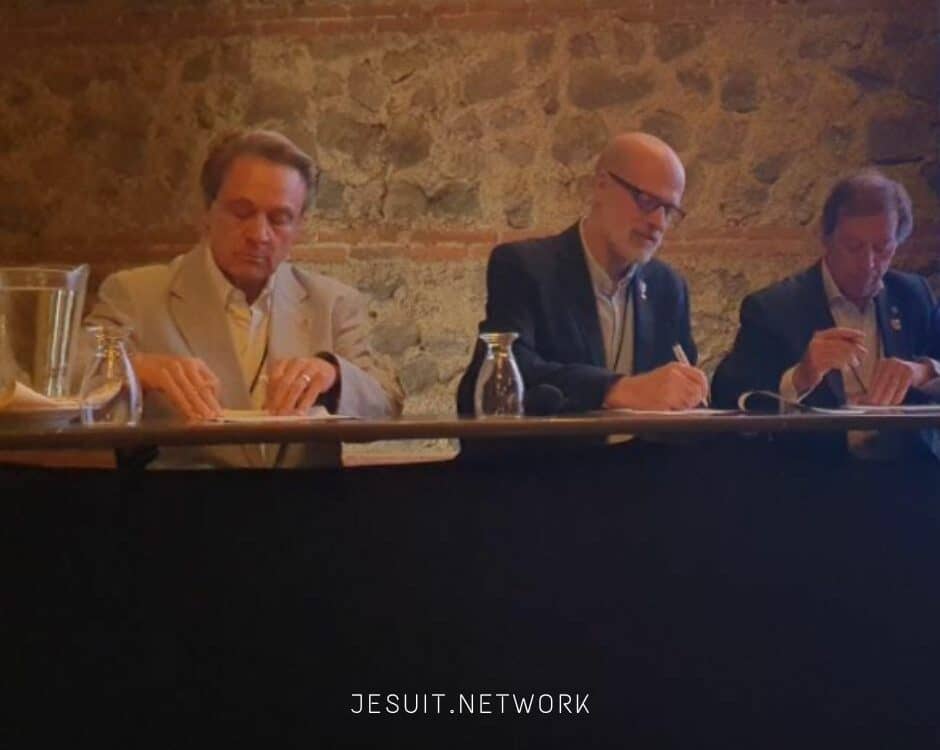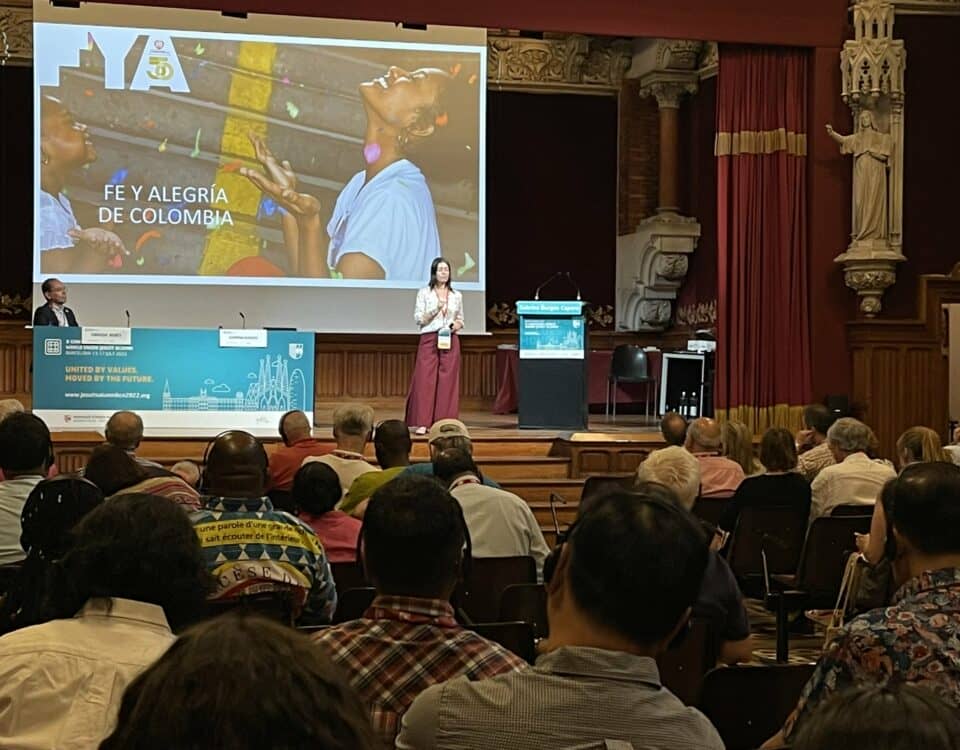This website uses cookies so that we can provide you with the best user experience possible. Cookie information is stored in your browser and performs functions such as recognising you when you return to our website and helping our team to understand which sections of the website you find most interesting and useful.
The Real Measure of Our Schools
This story is about a boy in the 1970s who attended a Jesuit high school in Manhattan. I took the train to Regis high school every day, and then also attended university. Like many in my class, I was the first in my family to attend university, and we are all very grateful to the Society of Jesus for preparing us to succeed in life.
One summer during my high school years, I found a booklet from 1964, commemorating the 50th anniversary of my Jesuit high school. It was a homily for the 50th anniversary mass for the school, and the preacher used as his symbol the Owl, which is the mascot of our school, the classical symbol of wisdom. The priest imagined all of the graduates of our school standing in front of the Regis Owl, which was taking stock of their lives. And we too, as we listen to these words—let’s imagine all of us in this room, and perhaps all 3 million graduates of Jesuit schools, standing together while the Wise Owl surveys us and our lives:
“What would impress the Owl if we all gathered under his wing in the courtyard? Our degrees? Our tax brackets? Our credit cards? Our club memberships? Certainly he would blink many times as he beholds this vast panoply of material success, but, as a curious owl, isn’t he entitled to ask: “How are you using the gifts God gave you? You used most of them well here at the School. Do you still remember where you are going?….Are people any better because of your pilgrimage through life? Is the world any better because you went to a Jesuit School? Does your light lead our people to glory?”
Kolvenbach
‘the real measure of our schools lies in who our students become.’
Even though I was only 15 years old, I knew those words were somehow very important. And even though the photos in the book were from an old fashioned time that had passed away, I knew that these words were enduring and lasting. So I kept that book. And every few years I read it. All of you are familiar with the Owl’s message. Most of you heard it in a different way, for example, we were told that one of the objectives of our Jesuit education was to form, “Hombres y mujeres para los demás.” A few years ago, Fr. Kolvenbach, the predecessor of Fr. Nicolás, put it this way in a talk he gave at a Jesuit university: “the real measure of our schools lies in who our students become.”
Well, I ask us, who are our students becoming? How successful are our schools at forming these men and women for others?
The truth is that most Jesuit schools have no systematic understanding of who their students are becoming. Yes, for sure, if we ask, the school officials will be able to tell us encouraging and true stories about graduates who are good parents and graduates who are helping disadvantaged people in one project or another.
But is that 5% of all graduates? 20%? 90%? We don’t know. Let me make this comparison: in the United States my Jesuit high school and university knows exactly what percentage of the graduating class of 1985 donated money to the school this year; I am not aware of any Jesuit school in the world, however, that knows what percentage of the class of 1985 are men and women for others. Many of you will tell me how difficult it would be to measure such a thing, and I would agree completely. But I would also say this: if we do not at least try to hold ourselves accountable to our highest aspirations, how can we determine how successful we are? And how can we run a business if we do not even know if we are successful?
In fact, maybe it would be interesting to mail a letter to the school’s alumni, saying that we are trying to determine how many of us are men and women for others, and ask the alumni what they think it means, at age 40 or 50, when one is a parent and working in a company, to be a man or woman for others.





